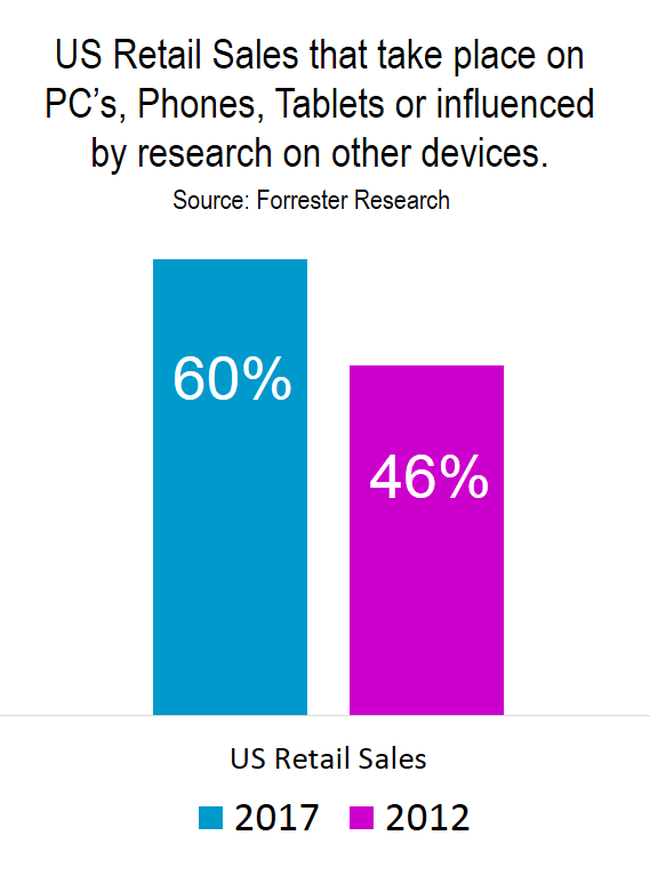
Why Optimizing Your Site for Mobile Devices Will Make You Money
You might be wondering how on Earth optimizing your portfolio for mobile compatibility will earn you a nice tidy profit and wouldn’t be alone in that thinking. The reason is because when you’re buying and selling websites online, that’s what your clientele are looking for.
For some perspective, consider the fact that there is a race towards making mobile devices the next big thing. Some would say it’s already over as it is predicted that by 2017, more than 60 percent of people living in the U.S. will be using the internet at some stage in their buying routines.

Image courtesy Hudson Valley Public Relations
Assuming that the population of the United States will break 322 million by that time, that equates to somewhere in the vicinity of 193 million people using mobile devices to conduct their online shopping every day. That kind of target market (tech-savvy individuals) is difficult to pass up.
What Benefits Does Mobile Compatibility Provide?
There are a wide range of benefits that mobile compatibility can offer to website owners and specifically for those interested in flipping websites for profit, many of which happen to coincide. For example:
- Increased traffic flow: One quarter of all web searches globally are made by upwards of a billion people from a portable device such as a mobile phone, tablet or smart phone. Once again the numbers are staggering and as most users are constantly plugged in, this represents a great opportunity.
- Improved search engine ranking: Google made it abundantly clear in 2014 (when it released its Hummingbird algorithm update) that mobile technology was the way of the future and that owners of websites that weren’t mobile compatible would see their rankings suffer.
- Higher conversion rates: The goal of any online business it to convert its potential customers. As an investor involved in buying and selling websites, you should be optimizing every website in your portfolio to improve its appeal and commercial viability.
- Better levels of responsiveness: You’ve probably heard of the ‘Three Second Rule’. If you’re website doesn’t load within 3 seconds then you’ve just lost a customer. Multiply that by every customer your site attracts (and if that figure happens to be zero) you can see why this becomes an important factor.

If you can improve the odds of selling your site at auction or increase the asking price in relation to mobile compatibility, you’ll be doing a lot better than your competition.
Is What You’re Buying Really Worth It?
Before you even think of purchasing a website for your own portfolio, make sure that you look into whether or not it is optimized for mobile devices. If you buy a site that isn’t you may find yourself in a difficult position to sell. The last thing you’ll want to do is have it sit in your inventory for weeks or months on end with no hope of flipping it for a profit, let alone earning your money back.
If you only stock your portfolio with sites that are already mobile compatible, you’ll be saving your time, money and energy for other, more pressing concerns. The less work you can make for yourself the better.
A Case Study in Mobile Compatibility

Occasionally it may be that a successful website posting consistent earnings is going for a price you can reasonably afford, but, it hasn’t yet been optimized for mobile devices. This scenario is less likely to occur the farther into 2015 that we go. For our purposes we’ll assume that this is the case.
What do you do?
On the one hand you might be inclined to believe that converting a website for use with a mobile device is simply a matter of adjusting the screen sizing and resolution. The process is actually quite a bit more complicated than that.
If you had purchased that website under the assumption you could flip it for profit inside a week, you’d soon realize your mistake. Do not rush into buying sites that are not optimized for mobile technology – it simply isn’t worth it. Instead, look for those that are and have a solid history and you’ll set yourself up for success.


